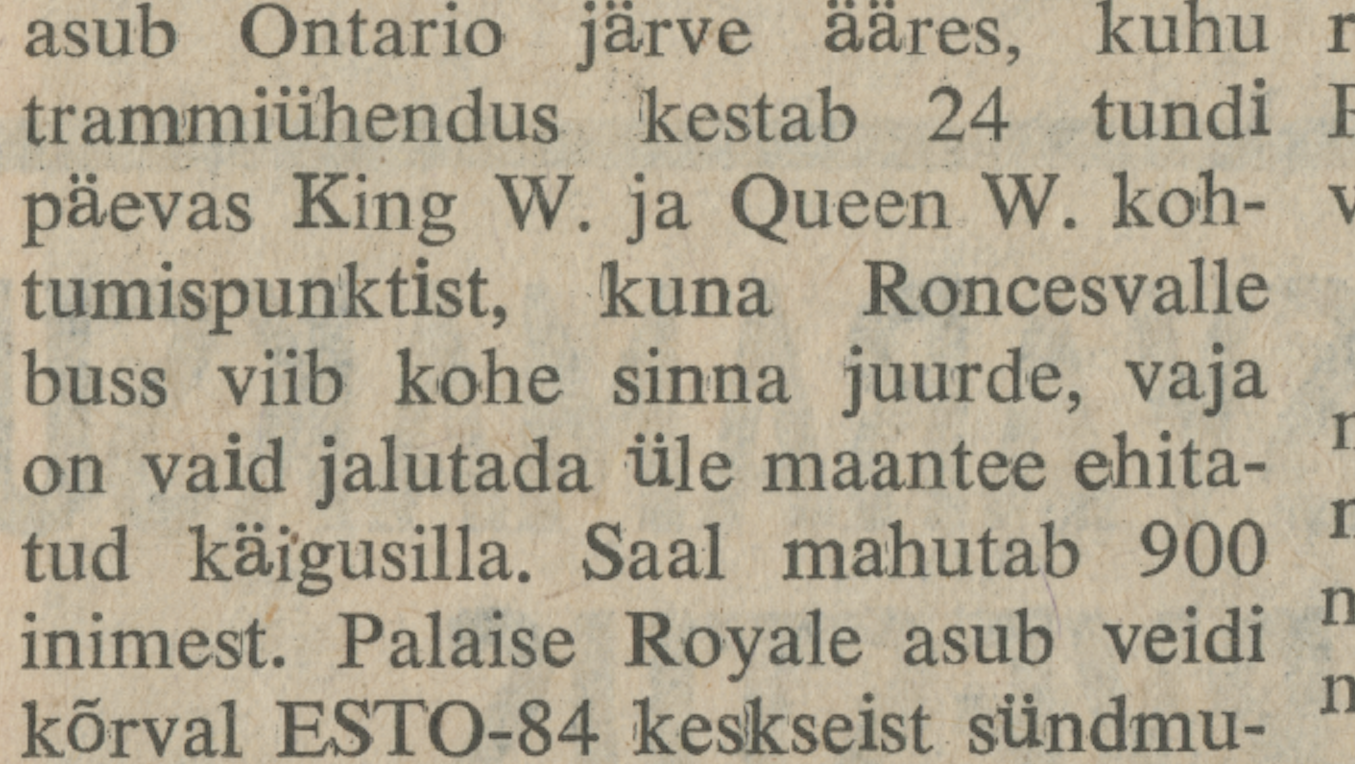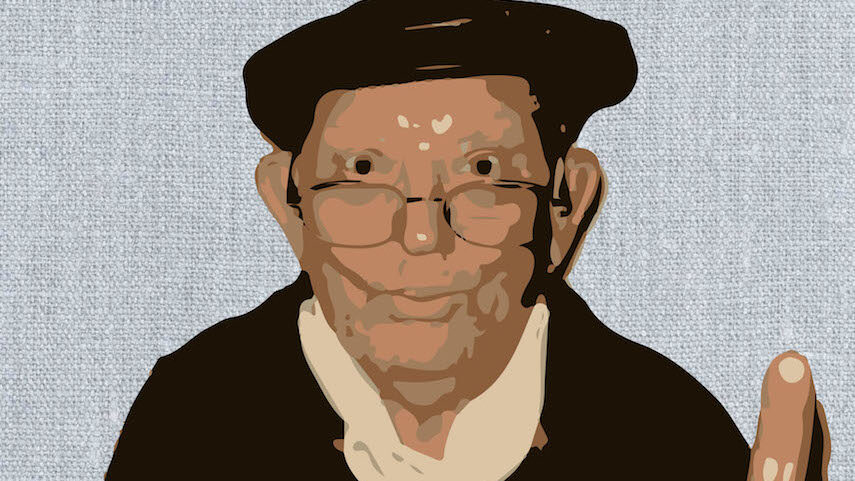I think there are two reasons that have to do with Finno-Ugric logic and the Estonian language.
First, the situation: no one would waste time with such questions in Estonia. It’s cold outside and you need to get to the point quickly once you’ve decided to open your mouth. Thus: „Tšau, mis teed?“ (“Hi, what are you doing?”) or „Kas saad praegu rääkida?“ (“Can you talk right now?”)
Should someone still be careless enough to open the communication with the phrase „Kuidas läheb?“ (“How’s it going?”), the possible array of answers is anything but positive, implying that now that you’ve made the mistake of asking, you must pay for it with at least half an hour of your life: „Oh, ära räägi!“ (“Oh, don’t even get me started...!”), or „Mis ta läheb“ (“Where is there to go anyway”) or „Läheb kah“ (“Pushing through”).
You wouldn’t want to say out loud that everything was just fine—even if it was—because it might conjur up some mysterious evil spirits who’d like to come and deprive you of your silly happiness.
Become a subscriber to continue reading!
Every week we bring you news from the community and exclusive columns. We're relying on your support to keep going and invite you to subscribe.
Starting from $2.30 per week.




